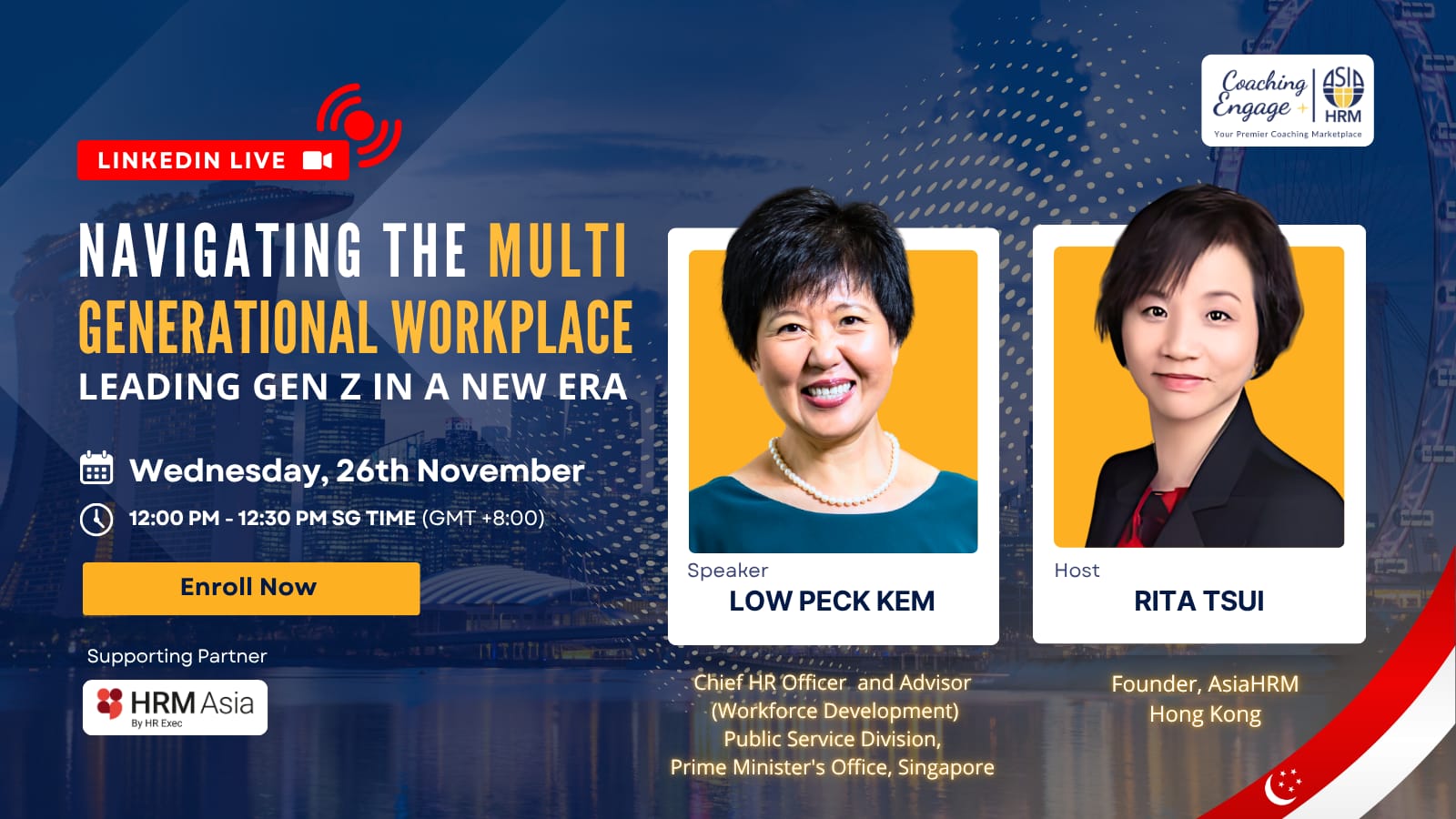AI therapy: Bridging the workplace mental health gap
- HRM Asia Newsroom
- Topics: Features, Health and Wellness, Home Page - Features

Work impacts our mental health. The World Health Organisation (WHO) has declared the theme for this year’s World Mental Health Day to be “Mental Health at Work”.
Conversely, mental health can also affect work. According to the WHO, poor mental health costs the global economy nearly US$1 trillion.
There is increasing emphasis on the need for better care of employees’ mental health. Singapore is among the top three markets in South-East Asia with the highest levels of burnout. Another study revealed that 61% of Singaporean employees are struggling with burnout.
Although employers are paying more attention to supporting their workforce’s mental health, more can be done. While some organisations offer Employee Assistance Programmes (EAPs), the scope and services provided can vary. As a result, employees may not receive adequate support.
AI, already enhancing numerous industries, could play a part in plugging this gap. AI-assisted therapy addresses the soaring demand for mental healthcare, at a time when there are not enough mental health professionals. More cost-effective than traditional therapy, AI-assisted therapy enables employers to provide more extensive support to their employees at lower financial cost.
As people become more accustomed to interacting with chatbots, millions are seeking therapeutic support through therapy chatbots. By no means is a therapy chatbot meant to replace therapy with a healthcare professional. Nothing can replace the presence of a compassionate, attuned fellow human being in alleviating human suffering. However, for many people, therapy chatbots can be an accessible tool for managing their mental health.
 “AI-assisted therapy addresses the soaring demand for mental healthcare, at a time when there are not enough mental health professionals.” – Sarah Poh, CEO, The Therapy Platform
“AI-assisted therapy addresses the soaring demand for mental healthcare, at a time when there are not enough mental health professionals.” – Sarah Poh, CEO, The Therapy Platform
The nature of chatbots allows them to provide client education and support in a conversational way. By gathering context from client interactions, they adjust their messaging to align with an individual’s specific communication preferences, problems and goals. This can help clients feel more comfortable and engaged with a chatbot, leading to more open discussions and better therapeutic outcomes.
In the United States, a study of 1,200 users of a therapy chatbot found that a “therapeutic alliance” between bot and user formed within five days. Users believed that the bot not only liked and respected them, but that it cared. This led to feelings of “honesty, safety and comfort” with the chatbot.
Unlike human therapists, the AI chatbot is accessible 24/7, providing support without the need for appointments or travel. When clients come with a given problem or stressor, the bot responds in ways a real therapist might — asking questions, suggesting coping mechanisms, setting goals and offering to hold them accountable. In between therapy sessions, the chatbot can offer personalised advice and coping strategies — such as breathing exercises, journal prompts and words of affirmations.
Ironically, some clients may feel more comfortable sharing sensitive information with the chatbot over a human therapist. In one study of 500 therapy-goers, more than 90 percent confessed to having lied to their therapist at least once. But with a chatbot, clients feel empowered to say what they want without the fear of offending or burdening anyone. They can safely and anonymously discuss their darkest moments without fear of judgment.
Despite their advantages, therapy chatbots are not a substitute for real therapists. They cannot make diagnoses or prescribe medication, and they are not held to the same ethical and legal standards as licensed healthcare professionals. More importantly, they lack the emotional intelligence and sophisticated understanding of trained mental health professionals.
At The Therapy Platform, we see AI as a useful tool to support our therapists’ work, but certainly not a replacement for our therapists. By reducing their administration work by 90%, AI frees our therapists’ time to focus on building quality connections with our clients. Trained on Cognitive Behavioural Therapy, an evidence-based psychotherapy modality, our therapy chatbot nudges clients to identify their thinking patterns as well as elicit reflection and perspective-taking while monitoring their mental health progress. Using data from the chatbot, our therapists can also detect potential issues before they become more serious. This supports our therapists in accurate case formulation and designing more comprehensive treatment plans.
This data-driven approach not only helps our therapists to be updated on our clients’ mental states and response to therapy, but it can also provide employers with valuable information about their employees’ mental health. Employers who sign up for our service as part of their EAP are provided reports with quantitative insights based on employee usage of the chatbot and qualitative reports on their wellbeing. We go a step further by designing guidelines and coaching programmes for leaders and managers, based on anonymised input from the team members and the results of their personality assessments.
READ MORE: Singapore’s AI growth: A game changer for talent management
There is good reason for the increasing focus on workplace mental health. Amid mounting geopolitical tensions, heightened uncertainties and the AI revolution that is changing the future of work, to say that workers are stressed is an understatement. People are feeling that the job demands made on them often outstrip their resources. In such times, having a therapeutic resource in the form of an intelligent chatbot that offers a listening ear, personalised advice, psychological safety and 24/7 availability can make all the difference to employee mental health.
About the author: Sarah Poh is the CEO of The Therapy Platform, a mental health technology company that uses AI to enhance the effectiveness of therapy and lower the cost of mental healthcare.
For more news and analysis on the latest HR and workforce trends in Asia, subscribe to HRM Asia and be part of the region’s largest HR community!






